Converting part of an unfinished basement into living space has always been a popular home improvement. Finishing a basement costs about half as much as you’d pay to build an addition, and it won’t take away any backyard space. Real estate agents like finished basements too. They usually rate this upgrade very high in cost-vs.-value surveys –right up there with kitchen and bathroom remodels. But there’s a big caveat here, and it’s associated with the moisture issues that exist in most basements. If you don’t take precautions to avoid moisture-related damage, a dream basement can turn into a nightmare. As long as you heed these expert basement finishing tips before you begin finishing your basement, you will be sure or a quality addition to your home.
Considering Basement Remodeling: Read This First!
Are you ready to uncover the shocking truth about finishing a basement? Brace yourself, because what you’re about to learn will revolutionize your approach to this often overlooked home improvement project for extra space. Considering transforming your dark and dreary basement into a cozy living space or an entertainment hub? There are crucial things you need to know before diving in. In this article, we’ll explore the hidden costs that can derail your budget, common pitfalls to avoid, essential planning steps for a successful renovation, and how to choose the right contractor for your basement transformation. By the time you reach the end, you’ll be armed with the knowledge and confidence to turn your basement into a valuable addition to your home. Let’s get started on this exciting journey of basement remodeling!
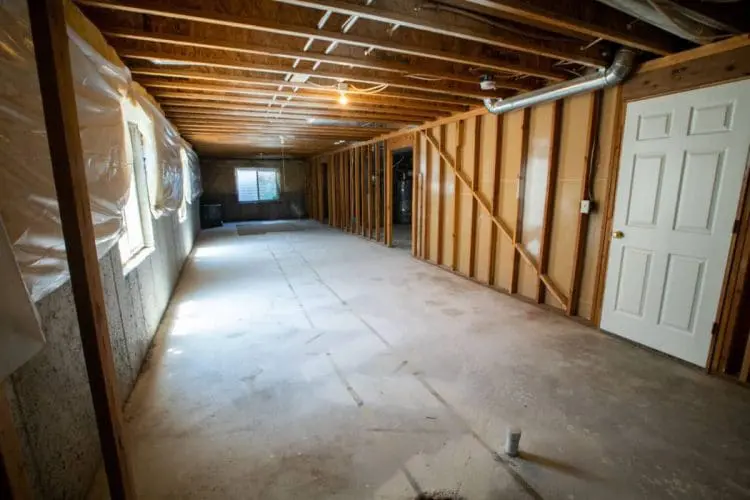
How Much Does It Cost To Finish A Basement & Hidden Costs of Basement Remodeling
First, folks usually want to know, “How much does it cost to finish a basement?” The generic answer is between $7 to $25 per square foot. However, it depends on exactly how you choose to finish your square footage and what quality products you chose. Higher end estimates for cost to finish a basement such as the one provided by HomeGuide are $30-$50 / square ft. It also depends on avoiding some hidden costs. While the prospect of transforming your dark and dreary basement into a functional living space is enticing, it’s crucial to consider the financial implications that accompany such a project. By understanding these hidden costs, you can better plan and budget for your basement renovation.
One of the most significant hidden costs of basement remodeling is the potential for unforeseen structural issues. When renovating a basement, it’s not uncommon to encounter problems such as water damage, leaky pipes, or foundation issues that need immediate attention. These issues can significantly impact your budget, as they often require the expertise of professionals and additional materials to fix. It’s best to prepare for the possibility of these hidden structural costs by setting aside a contingency fund to address any unexpected problems that may arise.
Another hidden cost to consider is the need for proper permits and inspections. Depending on the scope of your basement remodel, you may be required to obtain permits from your local municipality. These permits typically come with a fee, and failure to obtain them can result in fines or delays in your project. It’s essential to familiarize yourself with the permit requirements and inspection procedures in your area to avoid any surprises down the line. Or hire a contractor who takes care of all of this for you and includes it in their estimate.
In the excitement of planning your basement transformation, it’s easy to overlook the cost of finishing touches and furnishings. While you may have budgeted for the main construction expenses, don’t forget to account for the costs of flooring, lighting fixtures, paint, furniture, and decor. These finishing touches can significantly impact the overall aesthetic and functionality of your renovated basement. To avoid any budgetary surprises, create a detailed list of the items you’ll need and research their costs beforehand.
Lastly, don’t overlook the potential increase in utility bills that can accompany a basement remodel. As you transform your basement into a living space, you’ll likely need to install additional electrical outlets and lighting fixtures, which can drive up your monthly electricity expenses. Additionally, if you plan to add a bathroom or kitchenette, you’ll need to account for the increased water and sewage usage.
Common Pitfalls to Avoid: Finishing Basement Tips To Protect Your Investment
As you move forward, it’s crucial to be aware of common pitfalls to avoid. These pitfalls can derail your remodeling efforts and cause unnecessary stress. So, let’s dive in and explore some key mistakes to sidestep, ensuring a smooth basement remodeling process. These important guidelines for finishing your basement are shared with us by an industry expert, Tim Snyder. He has worked for more than 20 years as a journalist, editor and carpenter. He was the executive editor of Fine Homebuilding Magazine and executive editor of American Woodworker Magazine. His books include Shelving and Storage, DECKS (affiliate link), and two New Yankee Workshop books. Here are four important things you should know before finishing your basement.
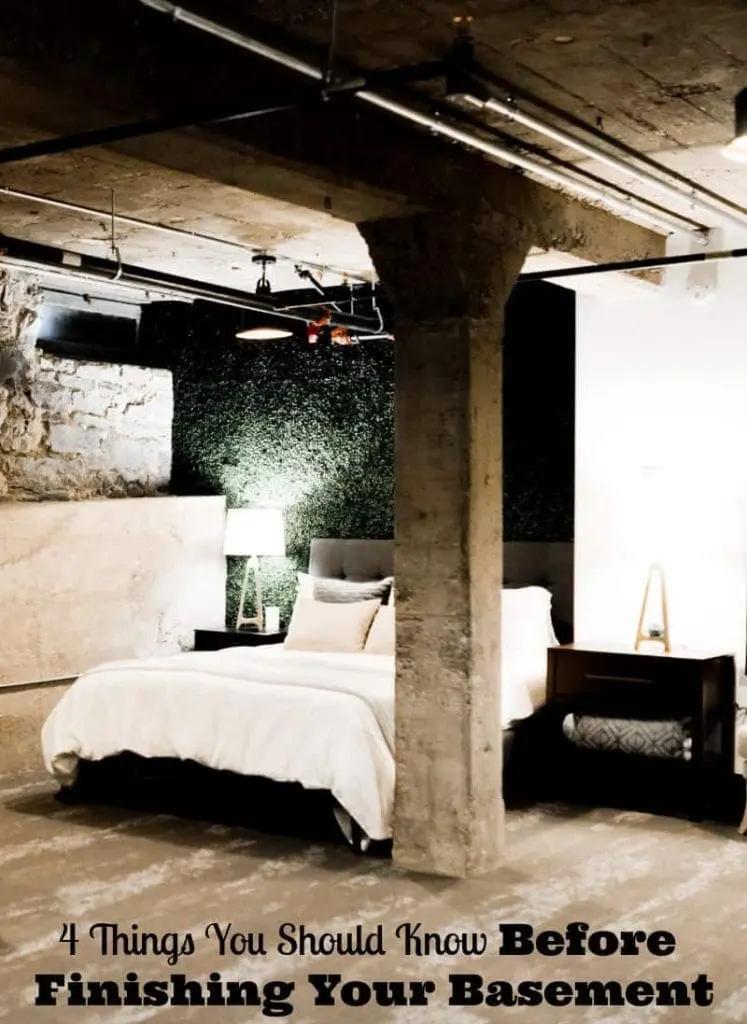
1. Waterproof paint isn’t good enough as a basement waterproofing system.
Paying a good amount of money to finish a basement only to see your investment destroyed by a basement flood would qualify as a major disaster in any house. That’s why it’s unwise to take chances with a marginal waterproofing system. Waterproof coatings can prevent some seepage and leaks through basement walls, but they also allow hydrostatic pressure to build up outside the foundation. In really wet conditions, even a small gap or crack can admit a large volume of water.
To handle “major water events,” including unforeseen plumbing leaks (like a burst washing machine supply hose or a leaky hot water heater), it’s best to have a French drain system around the perimeter of the basement floor that’s connected to a reliable sump pump. If you live in an area that loses power during severe storms, get a sump pump that includes a battery backup system.
2. Wood isn’t good on the basement floor, or anywhere near it.
Even a “dry” basement is going to have a lot more moisture than your upstairs space, mainly because concrete is always absorbing moisture from the soil and releasing it into the basement. Wood that’s in contact with concrete wall and floor surfaces (including wall framing, plywood floor sheathing, wood paneling and wood molding) will naturally absorb this moisture and stay damp. Unfortunately, moist cellulose provides an ideal habitat for mold.
Once mold takes hold, it’s very difficult to get rid of. Mold also poses a health hazard because airborne spores can cause allergic reactions and respiratory ailments. The good news is that there are inorganic alternatives to wood materials: steel studs, vinyl flooring and even plastic underlayment tiles.
My favorite waterproof, moldproof flooring materials are the plastic ThermalDry tiles available from Total Basement Finishing. Available in faux wood parquet as well as tile and carpet finishes, these tiles won’t attract mold or sustain moisture damage. They look nice, too. To prevent mold from attaching itself to wood ceiling joists and existing framing in the basement, use a dehumidifier (if necessary) to keep the humidity below 60%.
3. Paper-faced drywall needs to stay upstairs.
An inexperienced contractor could easily make the mistake of finishing basement walls with standard paper-faced drywall (aka gypsum board). But the damp paper surface on standard drywall is even more attractive to mold than wet wood. Sooner or later, basement walls finished with standard gypsum board are going to be marred by blotchy mold stains (as shown in the photo). The solution is to use gypsum board made with an inorganic vinyl or fiberglass facing. Most home centers and building supply outlets stock “paperless,” mold-resistant drywall.
4. Rigid foam insulation beats out fiberglass below grade.
Fiberglass batt insulation is another material that doesn’t perform as well in the basement as it does upstairs. If this fluffy material gets wet, it will compress, fall out of place and lose its R-value. It can also prolong the drying process of adjacent materials, increasing the chances for mold and moisture damage. A better way to insulate the basement is by installing rigid foam insulation board against basement walls. Rigid foam won’t absorb moisture, fall out of place or lose R-value. When used to insulate a finished space, foam insulation usually must be covered with a fire-rated material like gypsum board.
Being aware of these common pitfalls and taking proactive steps to avoid them will set you up for a successful and smooth basement remodeling journey.
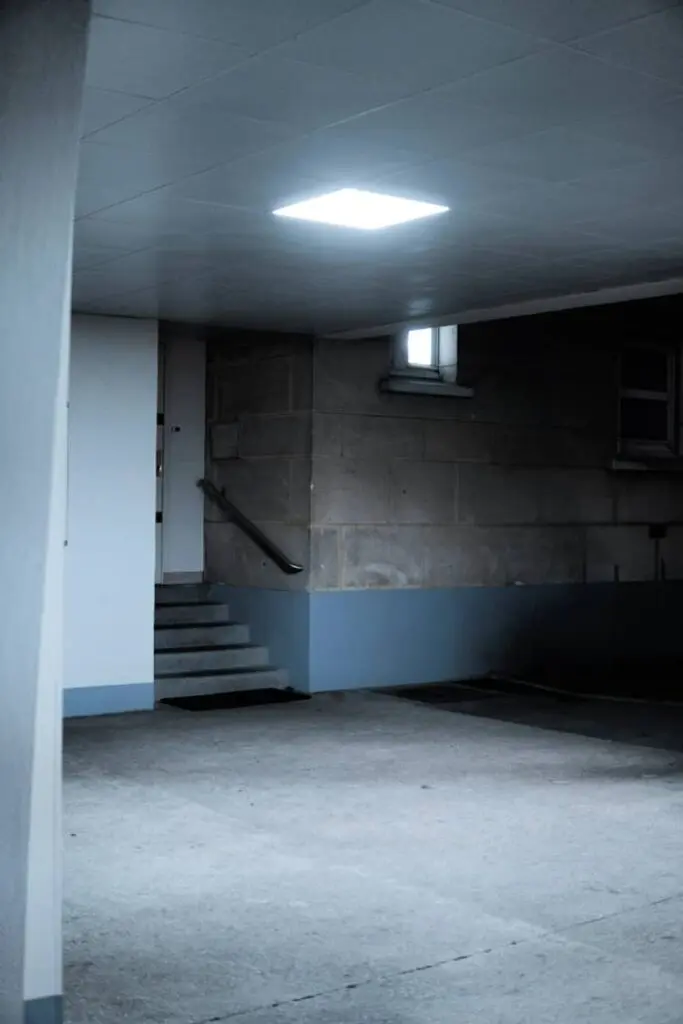
Essential Planning Steps to Ensure Success
The first step in planning your basement remodel is to clearly define your goals and objectives. Consider how you want to use the space – whether it’s for a home theater, a guest suite, a home office, or a combination of functions. By having a clear vision in mind, you’ll be able to make informed decisions throughout the remodeling process, from design choices to budgeting.
Next, it’s important to assess the condition of your basement and identify any potential issues that may need to be addressed. This includes checking for moisture or water damage, testing for radon levels, and evaluating the overall structural integrity. Hiring a professional inspector can help you uncover any hidden problems and ensure that your basement is a safe and suitable space for renovation.
Now, it’s time to create a detailed plan. This plan should outline the specific layout, design elements, and materials you wish to incorporate into your remodel. Consider factors such as lighting, insulation, and ventilation to create a comfortable and energy-efficient space.
In addition to the design elements, don’t forget to factor in the necessary permits for your basement renovation. Consult with local building authorities to determine what permits are needed and what regulations must be followed. Failing to obtain the proper permits can result in fines and complications down the line.
Lastly, establish a realistic budget for your basement remodel. It’s always a good idea to build in a contingency fund to cover any unexpected costs. By setting a budget from the start, you can ensure that your project stays on track financially. By following these essential planning steps, you’ll be well-prepared to embark on your basement remodel.
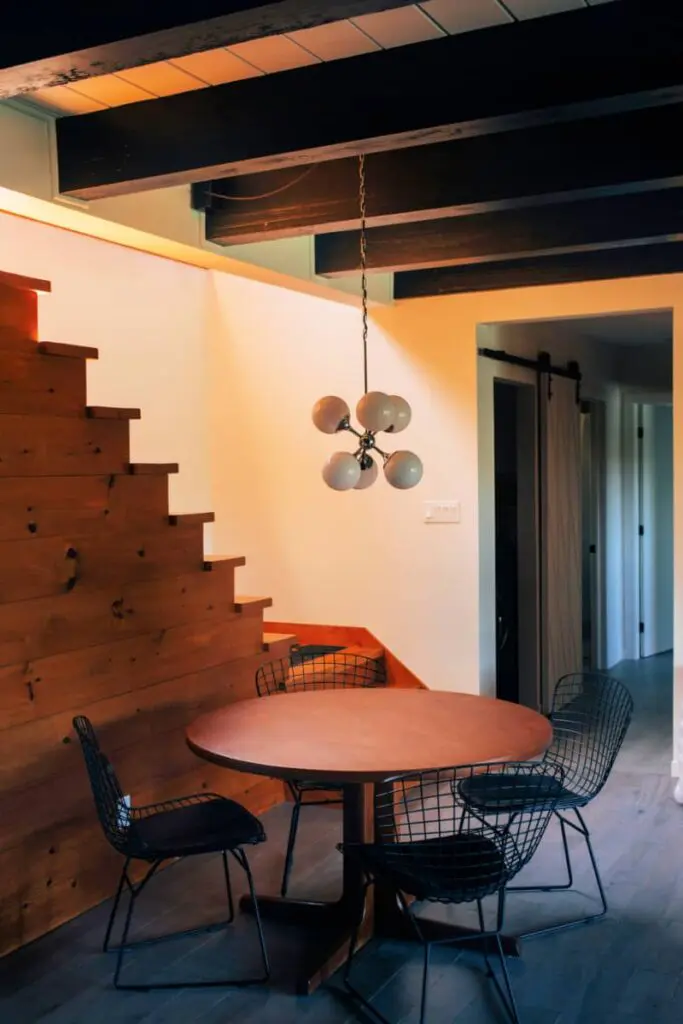
Choosing the Right Contractor for Your Basement Renovation
Now let’s delve into the crucial process of choosing the right contractor for your basement renovation. Selecting the perfect contractor is arguably the most vital step in ensuring the success of your project. After all, the skills, expertise, and reliability of your contractor will greatly impact the final outcome.
To begin your search for a suitable contractor, start by seeking recommendations from friends, family, and neighbors who have recently undergone a basement renovation. Their firsthand experiences and insights can provide valuable guidance and help you avoid any potential pitfalls.
When you meet with potential contractors, come prepared with a list of questions to ask. Inquire about their experience with basement renovations, their subcontractors, and their preferred materials. It’s important to ensure that their approach aligns with your vision for the project.
Additionally, discuss the contractor’s availability and schedule. A reliable contractor should be able to provide you with a clear timeline for the project and communicate any potential delays or obstacles that may arise. Open and transparent communication throughout the renovation process is crucial for a successful outcome.
Lastly, remember to request detailed estimates from multiple contractors before making a final decision. Compare the breakdown of costs, including materials and labor, to ensure they align with your budget. Keep in mind that choosing the cheapest option may not always be the best route. Quality craftsmanship and reliability are worth investing in. Furthermore, they can save you from potential headaches and extra expenses in the long run.
Once you have a list of potential contractors, do your due diligence and thoroughly research each one. Look for reviews and testimonials online to gauge their reputation and level of customer satisfaction. It’s also wise to check if they have any certifications or accreditations that indicate their professionalism and expertise.
Conclusion
The journey of basement remodeling should not be taken lightly. By uncovering the hidden costs, steering clear of common pitfalls, following essential planning steps, and carefully selecting the right contractor, you can ensure a successful and hassle-free transformation of your basement. Choose to embark on this exciting renovation with confidence, knowing that your home will benefit from this valuable addition. If you use these basement finishing tips as precautions to avoid moisture-related damage, you should be able to enjoy a dream basement as a multi-purpose family spot. Are you thinking about finishing your basement? What do you plan to use the space for?
Related Posts:
Basement Window Wells DIY Natural Splatter Guard

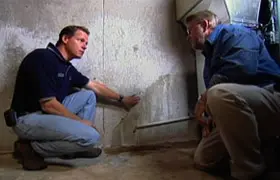
Michael Golubev says
Finishing a basement can be an extensive project, but it’s so rewarding when it’s done right. Whether you’re dreaming of a home gym, a cozy wine cellar, or a multi-purpose family space, it’s essential to plan carefully. Start with a scale drawing to map out the layout, including interior walls and any built-in features. If you’re tackling electrical systems or anything requiring permits, make sure to check with your local government and follow all safety regulations.
While some tasks can be done with the help of a family member who has extensive experience, certain aspects, like electrical work, often require professional help to ensure everything is up to code. To avoid mold in your finished basement, ensure proper ventilation, use a dehumidifier, and install moisture-resistant materials like fiberglass insulation which is cost-effective and energy-efficient. With the right approach, your finished basement can become a versatile space for the whole family!